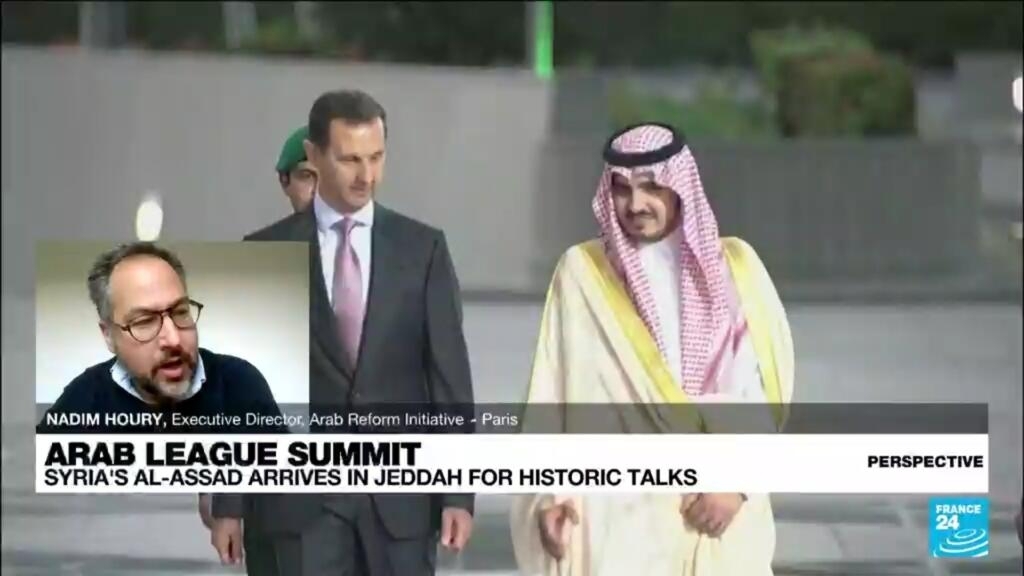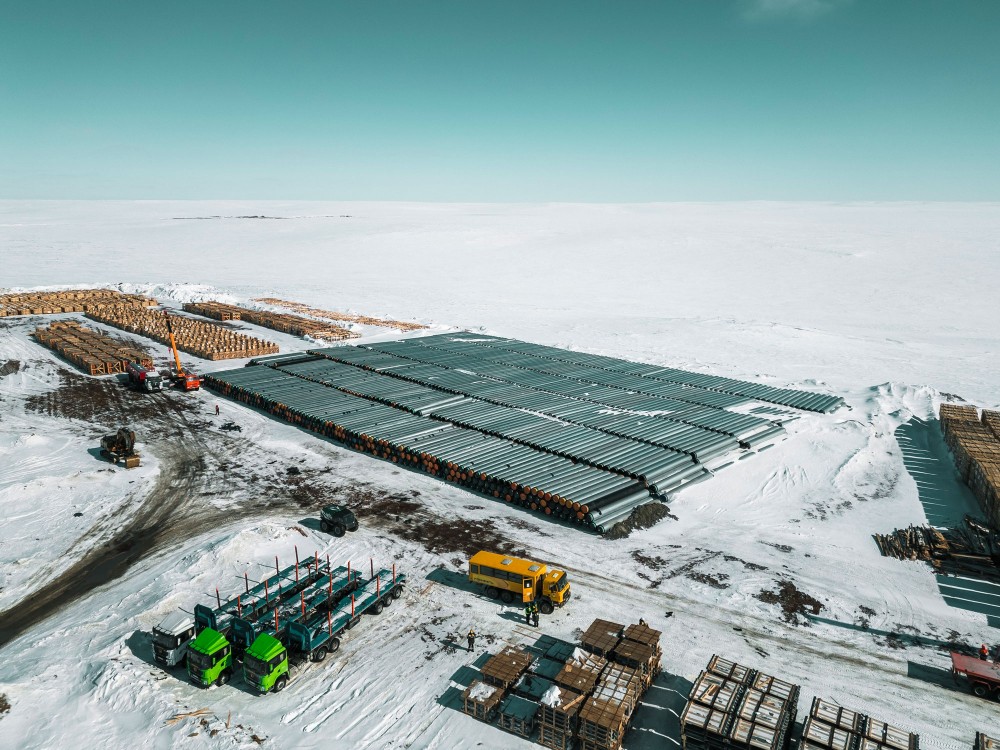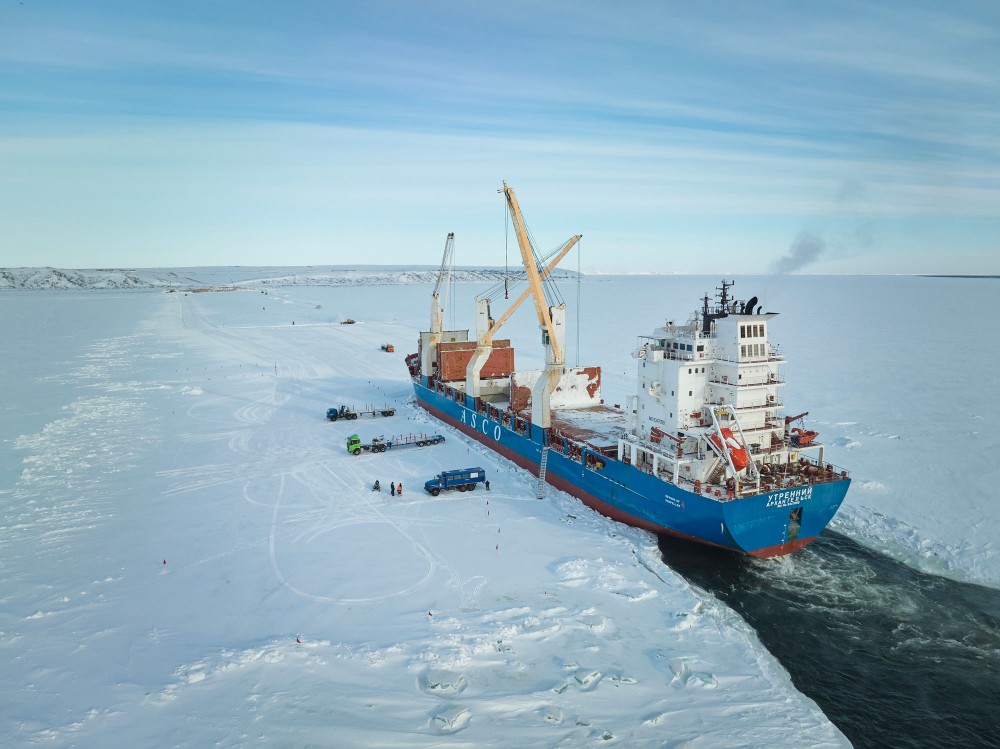Story by Eyad Kourdi • CNN
A drone strike carried out by the US military this month in northwest Syria killed a 56-year-old father of ten out grazing his sheep, his relatives have told CNN, hours after US Central Command said a civilian may have been killed in the operation.
The strike, carried out on May 3 in northwest Syria, targeted a senior al-Qaeda leader, Central Command said in a tweet announcing the operation that day.
The combatant command, which oversees operations in the Middle East and the surrounding region, said it would provide more information “as operational details become available.”
Officials boasted about the success of the operation, confident that the strike had achieved its mission, even though it was difficult to positively identify the target of the strike, since the US has no military footprint in northwest Syria, an area still recovering from the effects of a devastating earthquake.
There were no reports of any other casualties of the drone strike.
In the two weeks that have passed since the operation, Central Command has not released any more information about the intended target.
CENTCOM “has been made aware of allegations that the strike may have resulted in a civilian casualty” and is investigating to see where the strike “may have unintentionally resulted in harm to civilians,” Central Command spokesperson Michael Lawhorn said in a statement.
The Washington Post first reported that the US military is investigating whether a civilian was killed in the strike.
Killed alongside his sheep
Relatives of a man who was killed in a lone strike on the same day in the same area have since come forward with their version of events, saying he was a family man with no links to militancy.
Loutfi Hassan Mesto was herding his sheep in the village of Qurqaniya in Idlib province the morning of Wednesday, May 3 when his brother said he heard blasts and rushed to the site.
“When we went over the mountain, we saw Loutfi dead with six of his sheep,” his older brother Mohammad Mesto told CNN on Friday.
Minutes after receiving the location on their local emergency number, the Syrian Civil Defense, also known as the White Helmets, said they arrived at the location.
“The team noticed only one crater caused by the missile, which was next to the man’s body,” the Syrian Civil Defense said in a statement to CNN on Friday, also confirming that the man had been grazing his sheep.
“When the team arrived, his wife, neighbors, and other people were at the location,” the group added.
A video provided to CNN by the Syrian Civil Defense showed the moments the team arrived on site.
A woman could be heard crying as a young man hugged the man’s body lying motionless on the ground.
Three men pulled the young man away as another covered the body on the ground with a piece of cloth.
“He is a martyr, God willing,” an unknown voice said in the video.
The Syrian Civil Defense then transferred the body to a local medical facility.
Loutfi, who had 10 children, including a five-year-old, never left his village during the Syrian uprisings and did not support any political faction, his brother said.
“No Free Syrian Army (FSA), no Syrian regime, no ISIS, no al-Qaeda, no Hayat Tahrir al-Sham (HTS), no nothing, he is just a civilian who is trying to make a living,” his brother added, reeling of a list of various factions within Syria’s brutal civil war.
Mohamed Sajee, a distant relative living in Qurqaniya, also told CNN that Loutfi was never known to be in favor or against the Syrian regime.
“It’s impossible that he was with al-Qaeda, he doesn’t even have a beard,” he said.
The issue of civilian casualties is a sensitive one for the Pentagon, and especially Central Command, following a drone strike in the closing days of the withdrawal from Afghanistan that killed 10 civilians, including seven children.
The military had initially claimed that it had targeted and killed an ISIS-K operative, pointing to secondary explosives as proof that the target was storing explosive material.
But the explanation eventually fell apart, and the military acknowledged that the operation was a terrible mistake.
Defense Secretary Lloyd Austin ultimately decided no one would be punished over the botched operation, even as he instructed Central Command and Special Operations Command to improve policies and procedures to prevent civilian harm more effectively.
Austin committed to adjusting Defense Department policies to better protect civilians, even establishing a civilian protection center of excellence, saying at the time that “leaders in this department should be held to account for high standards of conduct and leadership.”


















